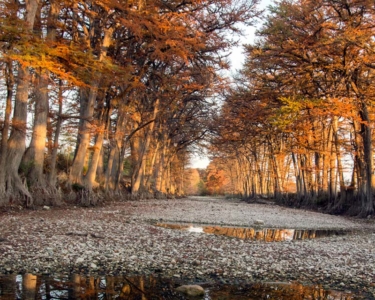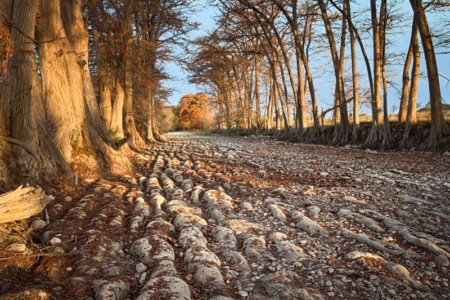
I wonder what truth was being represented hundreds of years ago by the maker of the rock shelter petroglyph? That person didn’t have a camera but he did have a world view which framed his interpretation of reality as surely as we frame our own. Native peoples were as intelligent as us and just as capable of depicting the world using the technology available to them. You can easily see that they had cultural bias. Should we think that we are less biased because we have a better way to portray detail in our images?
It is good to remember that 99.99% of all photographs are not made for evidentiary documentary purposes. We are free to select what we see in front of our camera lenses and to interpret the images we capture. The fraction of a percent of images that we deem to be inviolable as historical documents are an edge case when compared to the mountain of images made for other purposes.
The camera is an instrument for capturing light not truth. The finished photo is something interpreted before and after capture. It is important that we set our own limits for what is appropriate when creating finished images. Others should be free to do the same thing.






